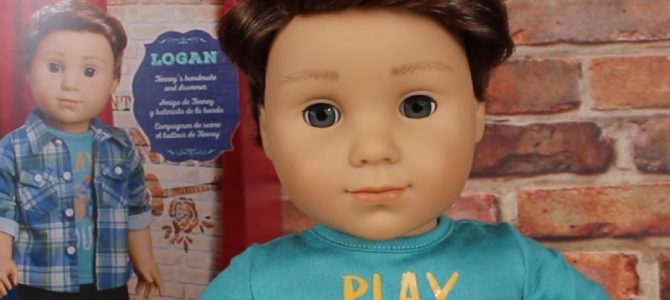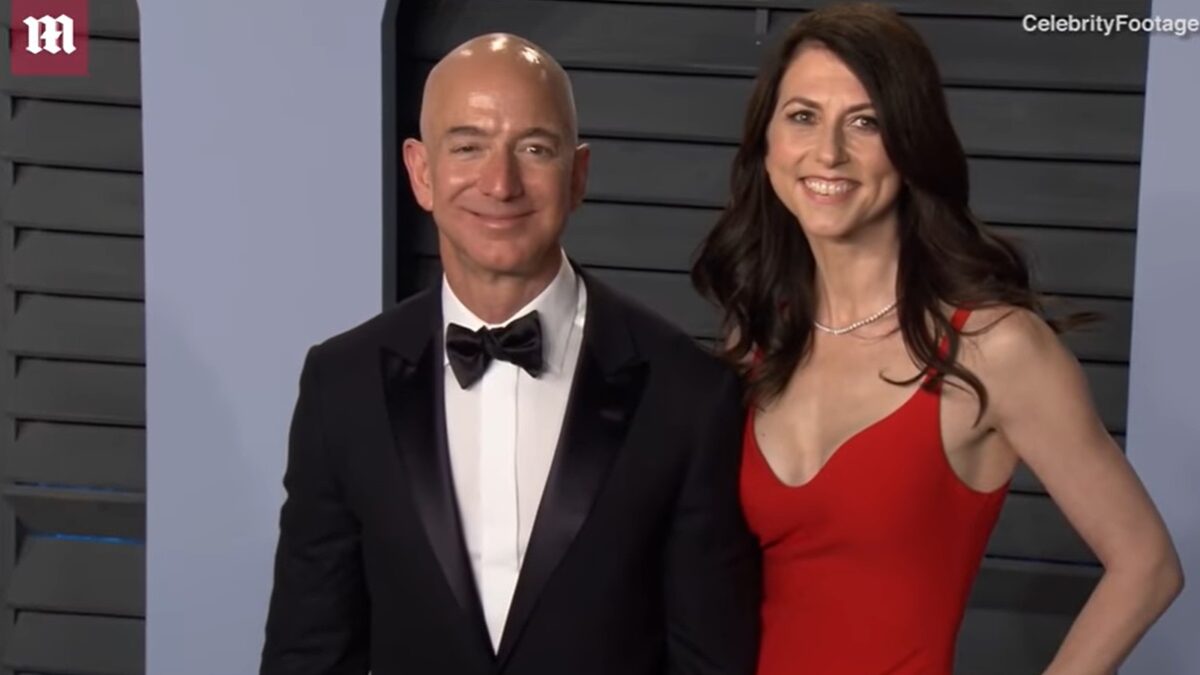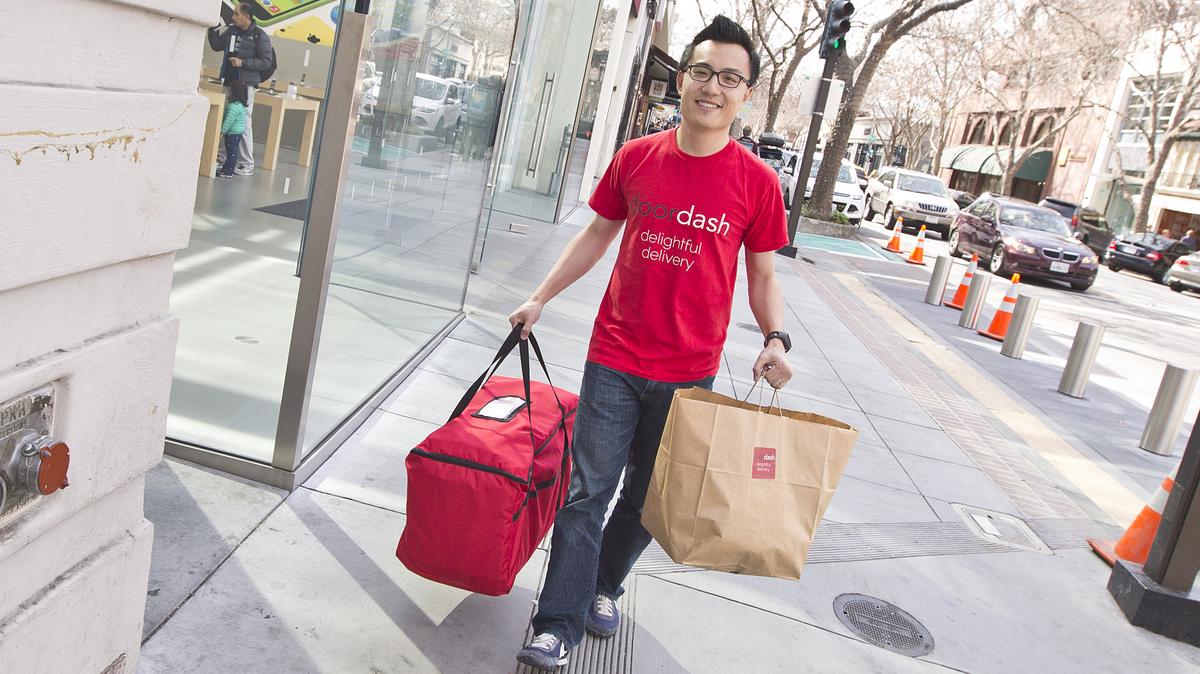
The American Girl brand recently announced its first 18-inch male doll, Logan Everett.
American Girl's newest doll is … a boy? https://t.co/QIZffnsPEd pic.twitter.com/6JcUFN1V0r
— CNN (@CNN) February 19, 2017
The doll company has in fact sold boy dolls for some time, but in its baby doll collection, not the 18-inch dolls aimed at older girls. This past spring the company announced it was phasing out those boys, part of a boy-girl twin set. This spring’s collection then included Logan and more “diversity” in the 18-inchers: the first African-American Girl of the Year doll, a Korean-American doll, and a native Hawaiian doll positioned during World War II.
The new launch includes “a new series of contemporary characters and stories designed to speak to even more girls’ interests, backgrounds, and experiences,” says a company press release studded with the same boring old buzzwords everyone uses nowadays. “The fresh approach gives voice to a diverse range of personalities and backgrounds…” Friendly tip to Mattel: Never feed the trolls. They only get bigger. Social justice warriors are already hinting that the company had better get on with blurring gender lines—or else.
BuzzFeed’s report on the announcement hails the set as “notably more diverse than in years past,” which makes it clear that writer knows nothing about American Girl’s history. I still remember almost 20 years ago when American Girl launched its Today collection. Since then the company has sold dozens of doll varieties of all skin hues, eye shapes and colors, and hair colors and textures.
Even before that American Girl featured an African-American doll whose storyline featured her escape from slavery along the Underground Railroad, and a Swedish immigrant whose family struggled with poverty. It also sold Asian and black baby dolls. In other words, Pleasant Company has been racially inclusive for years without peacocking. It did it before it was trendy and now should let its wide array of characters speak for themselves rather than virtue signaling about it.
In line with market research the company says helped spur its decision to release a boy doll, as a child I did wonder why there were none. Then I shrugged and got back to the delicious fun of making my dolls miniature furniture, clothes, and play food to match what I saw in the catalogs I hoarded and memorized. I had to make most of my own doll accessories because for our family the commercial ones were not in the budget. I mean, $40 for one doll outfit might as well be $4,000 to an eight-year-old girl in a family with seven kids.
So I have nothing against introducing a boy character. I have everything against the way Mattel has converted the iconic American Girl line into just a bigger set of Barbies.
American Girl Succeeded Because It Wasn’t Barbie
Company founder Pleasant T. Rowland sold her wildly successful company to Mattel in 1998, thirteen years after she’d founded it. An elementary-school teacher, Rowland and friend Valerie Tripp conceived the company after Tripp visited colonial Williamsburg and sent Rowland a postcard with a big idea: “A series of books about nine-year-old girls growing up at different times in American history,” as Rowland recounted in a moving speech at AG’s 25th anniversary celebration. “The stories would reflect the important moments of girlhood, and how it changed, and how it stayed the same over the years. There would be a doll for each character, with historically accurate accessories, so girls could play out the stories.”
Rowland, who spent her life before and after American Girl’s Pleasant Company attempting to get kids reading, also recounted skeptical friends’ reactions: “Are you kidding? Historical dolls in the day and age of Barbie?” The skeptics were wrong, and Rowland was right: little girls loved the other worlds they could step into with her historical dolls, and that anti-Barbie positioning helped make the company a nearly instant smash hit.
I recall spending hours marveling at the accurate historical reproductions of a doll-sized Revolutionary-Era tea set, the tiny aprons held up with straight pins (before safety pins had been invented, you see), the glorious-looking candle crown Felicity wore on Saint Lucy’s Day in a centuries-old tradition her countrymen imported to America. Rowland’s genius harnessed my love for dollies and stories to impress on my memory the ideas and customs of different times, people, and places that have since woven themselves into the crazy quilt we call America. That is what true diversity is: a wondrous, respectful encounter with people who are different from yourself beyond superficial ways like skin color and fashion sense.
Mattel has repudiated that American-style cultural depth with superficiality. That’s why I call it Barbie. Not because I think Barbie is inherently bad, but because it represents fewer opportunities for historical and cultural transcendence. It lacks the counter-Barbie depth Rowland deliberately built into her company.
There’s nothing wrong with a doll whose cheap, brightly colored, and disposably plentiful accessories are made in China then quadrupled (sextupled?) in price to sell to gullible, cash-flush Americans. But American Girl’s aura has been the opposite of Barbie-esque brand management: countercultural and counter-consumptive (it’s hard to gorge yourself on dolls and accessories when an individual item can exhaust the per-child Christmas budget for middle America types). Not any more.
American History Didn’t Start in the Twentieth Century
Since Rowland sold Pleasant Company, Mattel has slowly eroded her vision, gradually retiring the original historical dolls and replacing them with contemporary dolls with less grit and substance. This has been a point of contention for company fans. A company spokeswoman told The New York Times last week “the company remains committed to its historical characters. She said the company had introduced more historical figures in the past decade than at any other time in the company’s history…”
That’s a dodge. Until this spring’s relaunch of Revolutionary War-era Felicity, who was removed from catalogs as far back as 2002 and fully archived in 2011, American Girl has largely featured post-1900 dolls in its “historical” collection. In fact, besides the newly revived Felicity, the only pre-1900 dolls available are largely unoriginal racial minority characters: Native American Kaya, Hispanic Josephina, African-American former slave Addy. Six of the ten “historical” dolls available are from the twentieth century, and all of them are new except Samantha (Victorian Era).
Further, the company’s reinterpretation of its characters’ chapter books has degraded their benefits to historical and language literacy. The re-issued Felicity doll’s new book is choose your own adventure, for example. Again, I have nothing against cheap thrills per se. But why would I pay top-dollar for a cheap thrill?
Cheapening a Product for Mass Appeal
Speaking of dollars, it appears Mattel is slowly degrading the American Girl line in a counterproductive hustle for revenue. As you see below from an annual income statement with data back to 2012, Mattel has also been losing revenue every year since then.

Mattel’s 2015 shareholder report (the latest out) promised to address “recent softness” in American Girl sales. Between 2014 and 2015 American Girl sales declined 8 percent, and its income decreased a whopping 38 percent. The report attributed this in part to lower sales of its 2015 American Girl of the Year.
The year before, AG sales had declined 2 percent and income decreased 18 percent, the former due to a 3 percent drop in sales of BeForever’ (historical collection). In 2016, the company blamed another decline largely on fewer sales of its Truly Me line of modern 18-inch dolls. In response, it rolled out a new set of dolls and inked a deal with Toys “R” Us.
That was the exact wrong thing to do. A market analyst told the Wall Street Journal at the time “it is uncertain whether the Toys ‘R’ Us move will cause American Girl to become more mass market versus a premium offering, ‘but we believe the expanded distribution would more than offset potential margin pressures.’” In other words, yeah, this takes American Girl’s brand downmarket, but they’ll make more money, at least initially. That’s a dangerous gamble. Just ask Gloria Vanderbilt, Calvin Klein, or Michael Kors.


I think introducing Logan will increase sales, because he’s a unique product that customers have been wanting for a long time. But neither he nor “diversifying” the lineup will address the core problem with the American Girl brand that has contributed to its slide: the lack of meaning, of substance, and uniqueness.
A Doll Is a Representation of Ourselves
It may be silly, but Rowland brought me to tears by describing almost perfectly my own childhood memory of receiving my first American Girl doll. I’d made my birthday wishes clear by sneaking out of bed one night and plastering the house with sticky notes emblazoned “Molly come home!” and “I want Molly!” For some reason I was obsessed with AG’s original World War II character.
When I saw that tall box emerge at my eighth birthday party, I knew what it was, and was astonished. I didn’t think mom and dad would splurge for it despite having expressed my silly desperation. The rarity of the doll, in not just its price but also its quality, made her a family treasure. Next year for Christmas I will pass her on to my own daughter.
All this is something intangible, beautiful, and worthwhile that going Barbie on American Girl destroys. And AG’s founder knew it, if her company’s current caretakers don’t.
“Finding that bright red dox with the doll she dreamed about under the Christmas tree is indeed a magical moment for a little girl, but soon it will pass into a happy childhood memory,” Rowland said. “But the stories of the American girls’ lives, simple on the surface, but rich and rewarding in their emotional truth, are what will stick for years to come. That is the nourishment, the goodness that will strengthen her spirit and guide her. And that goodness has the power to change her and change the world.”
American Girl has gone from displaying stories of real courage and hardship—of a little slave girl escaping to freedom and making a new, uncertain life—to cheap scenarios whose “hardships” are only so for the weak. Maybe the sales for 2015 Girl of the Year Grace Thomas were soft because reading about hysterics over friends who started baking cookies without the title character really isn’t as interesting or soul-nourishing as Addy Walker’s slave story. Rowland desired for little girls to “learn to know and trust in goodness.” Her company seems to no longer know what good is, nor have any criteria for what ought to go into a prestige product to make it worth the payout. So now it’s mere gluttony.
Perhaps if someone down at corporate restarted Rowland’s tradition of ending staff meetings by quoting W.B. Yeats, they’d rediscover a truth that would help their company do well by doing good.
Look up in the sun’s eye and give
What the exultant heart calls good
That some new day may breed the best
Because you gave, not what they would
But the right twigs for an eagle’s nest!









